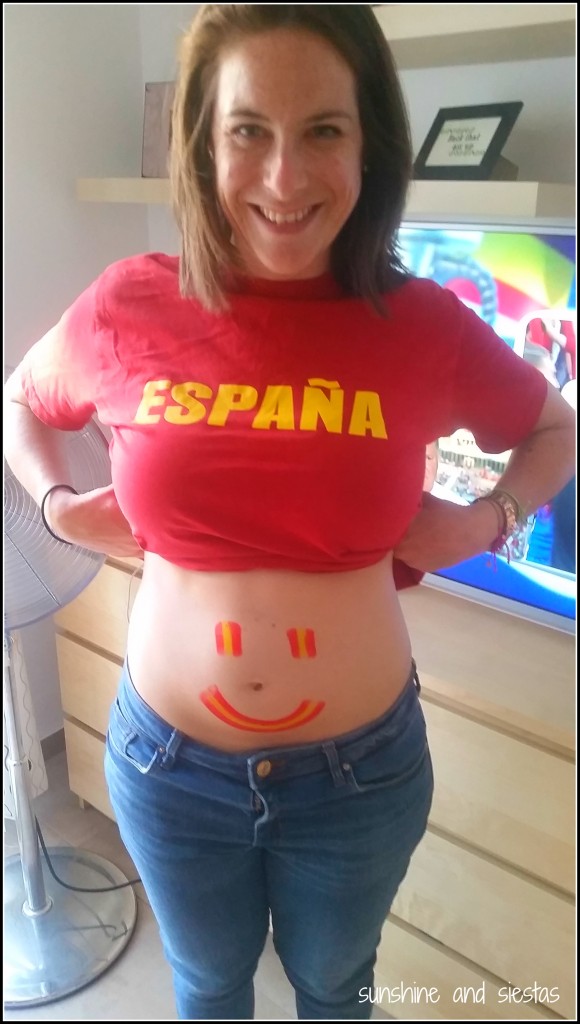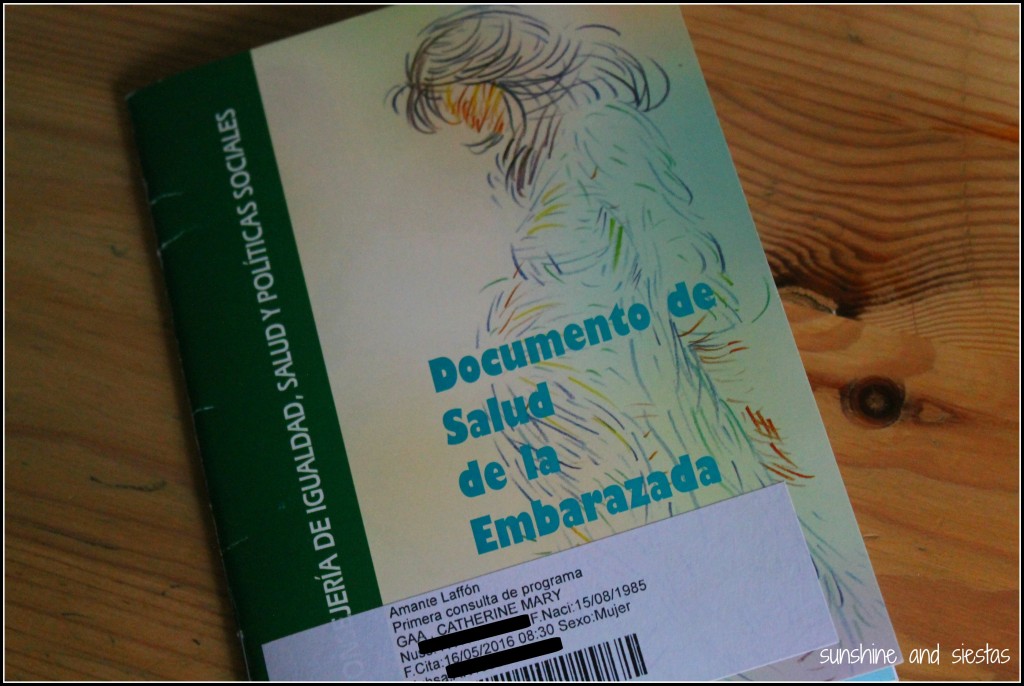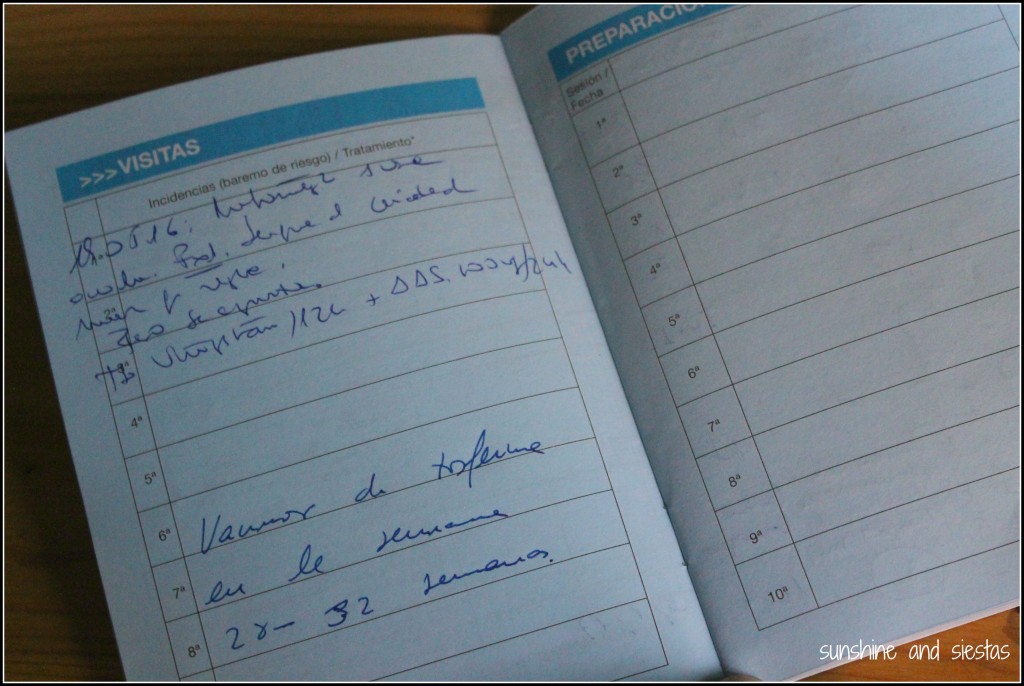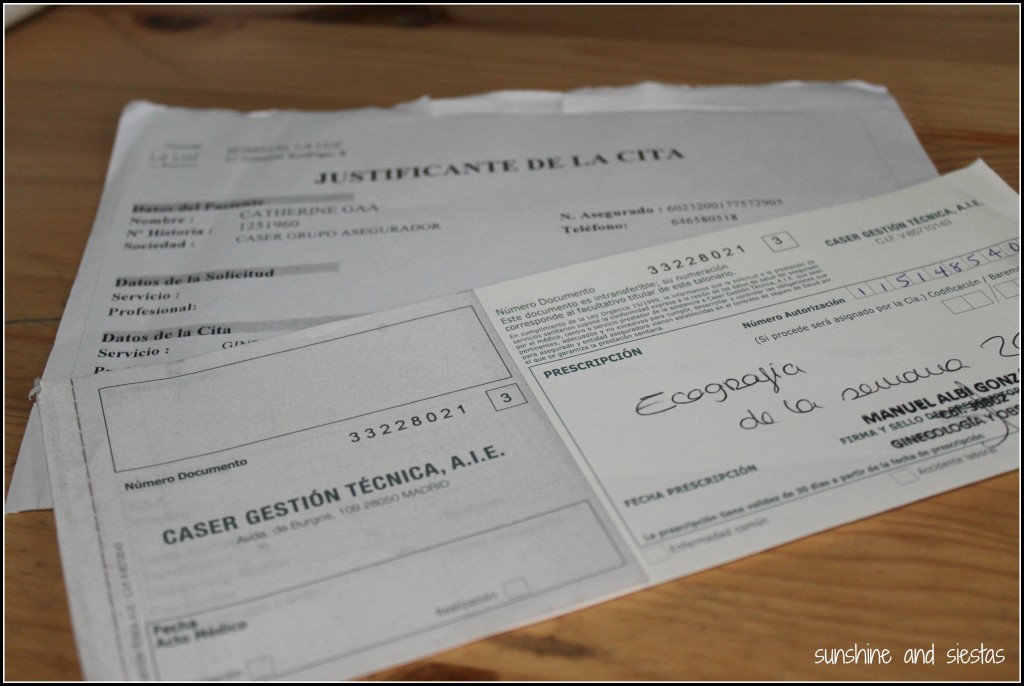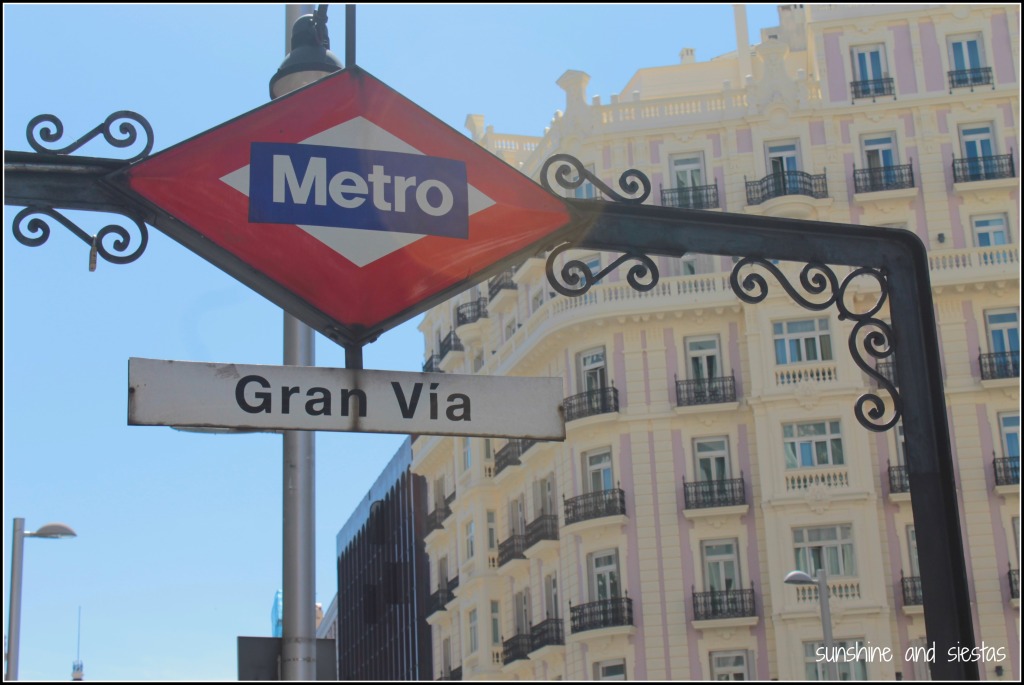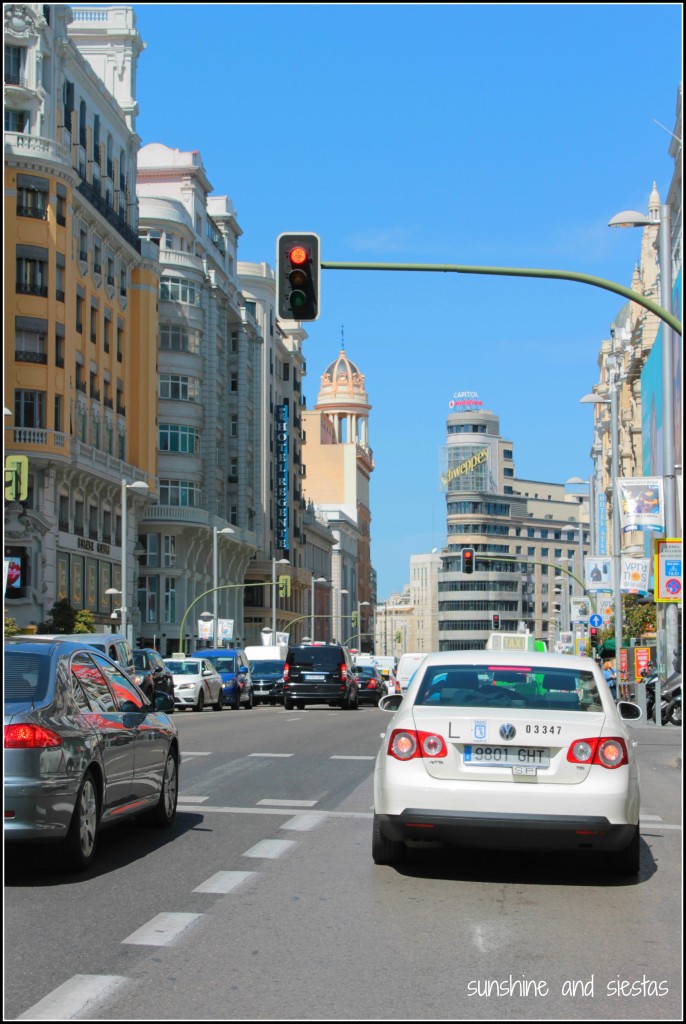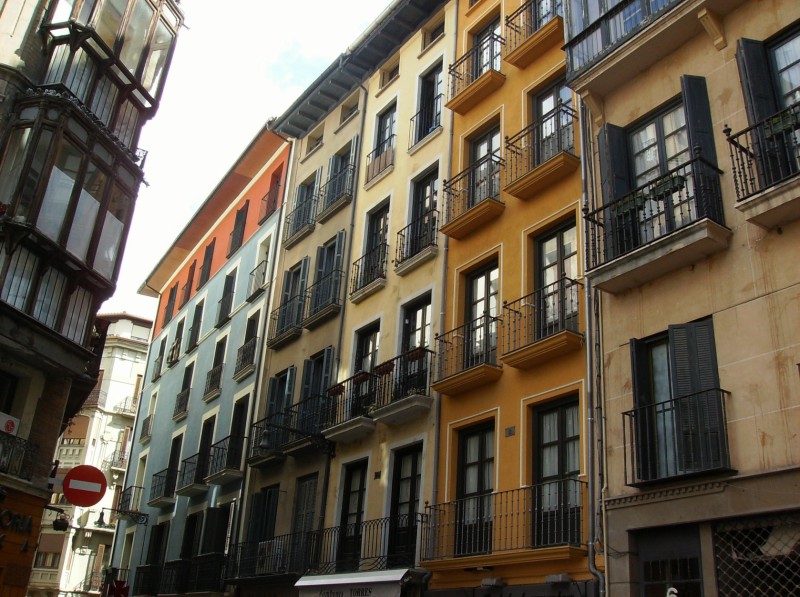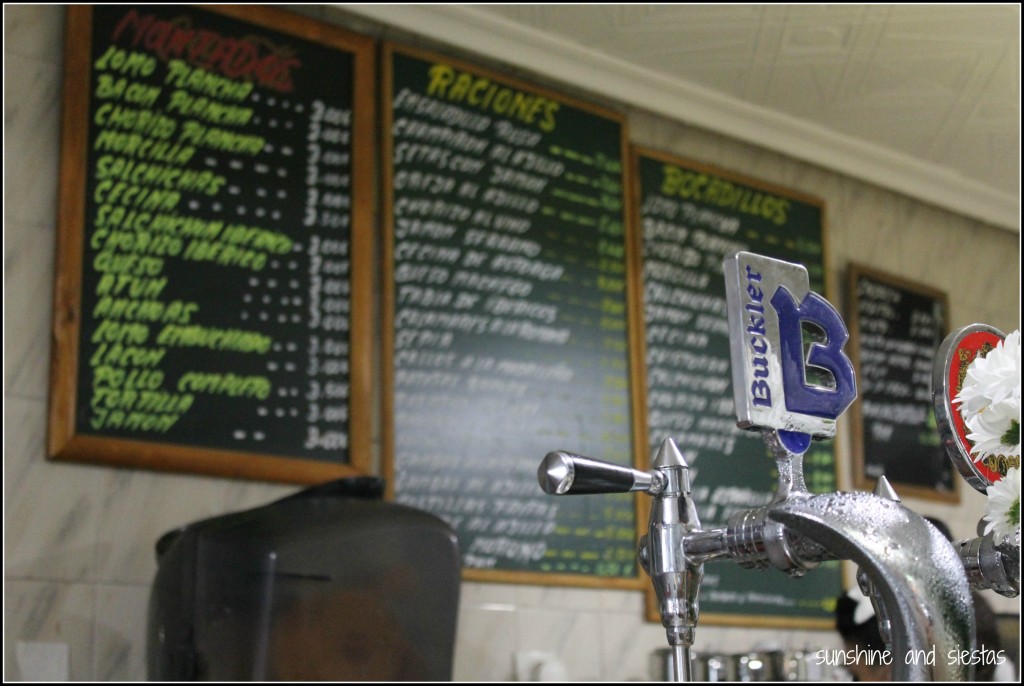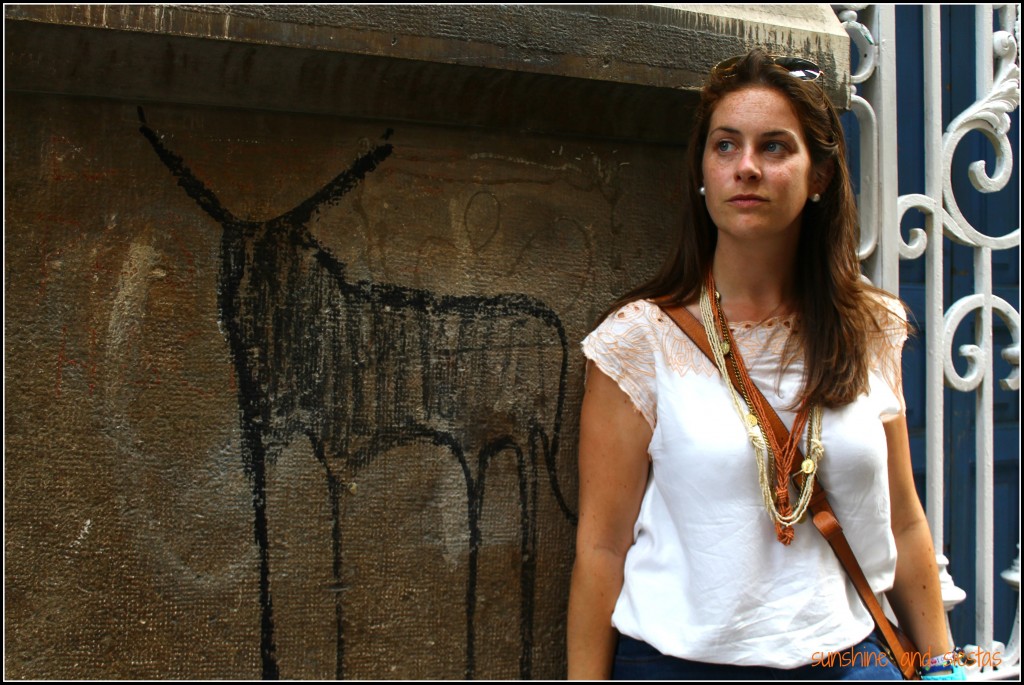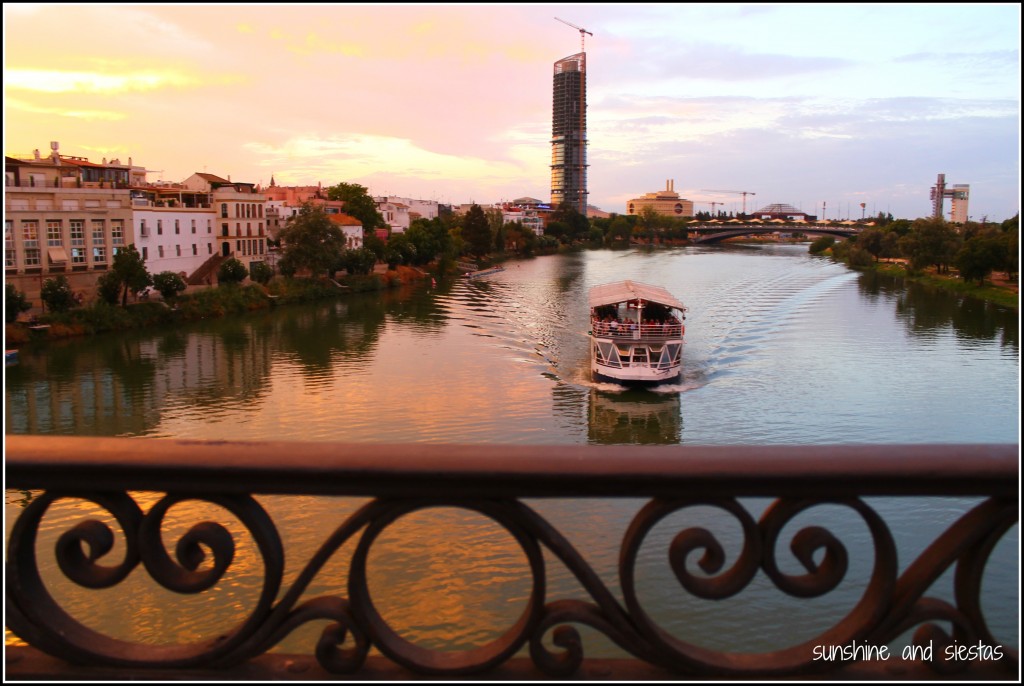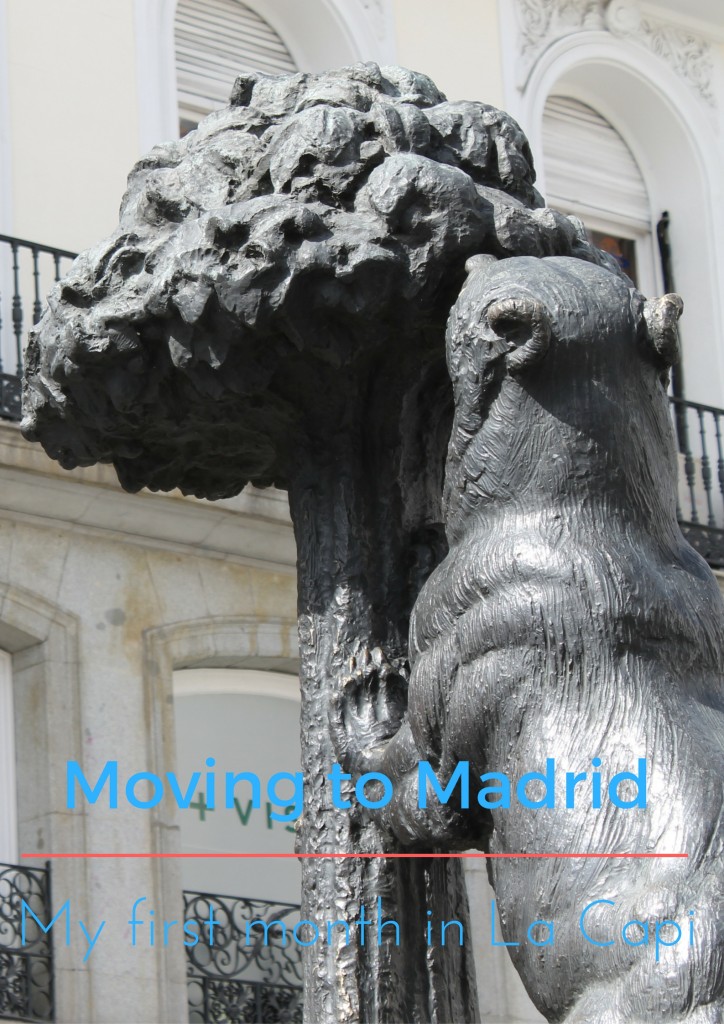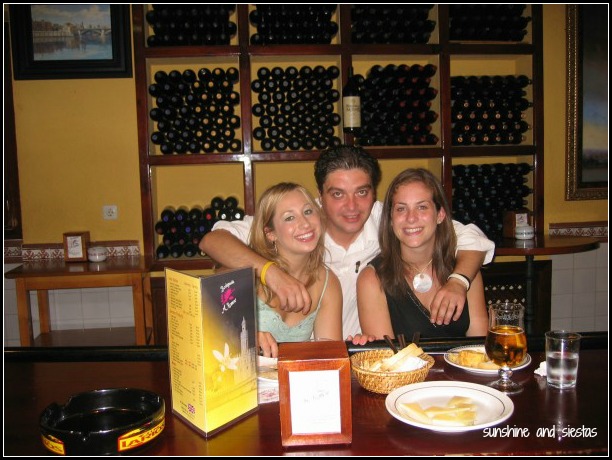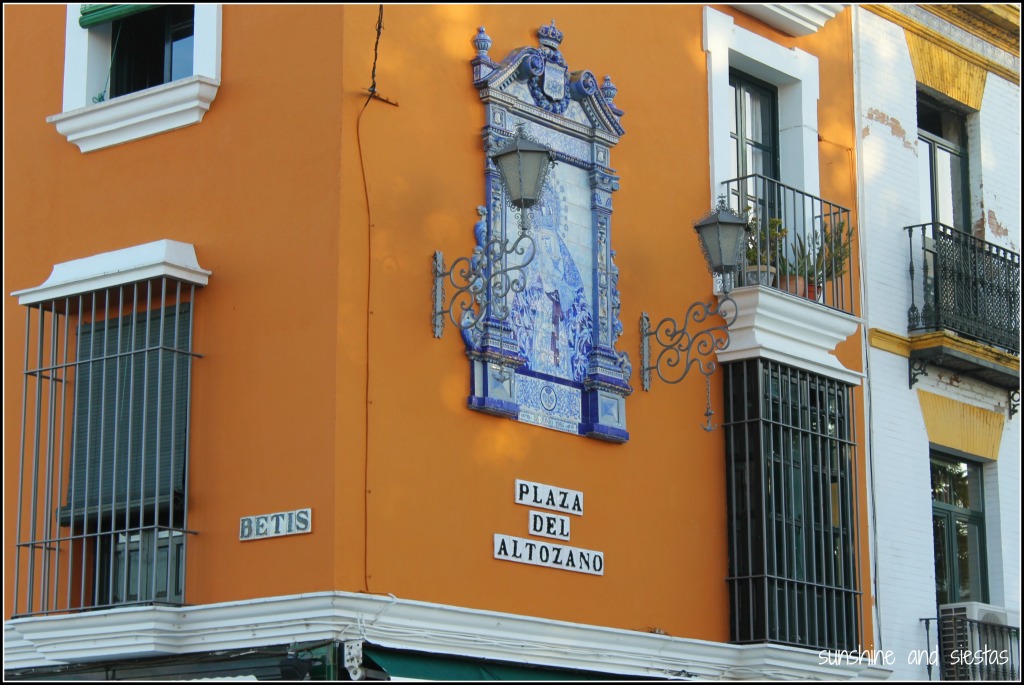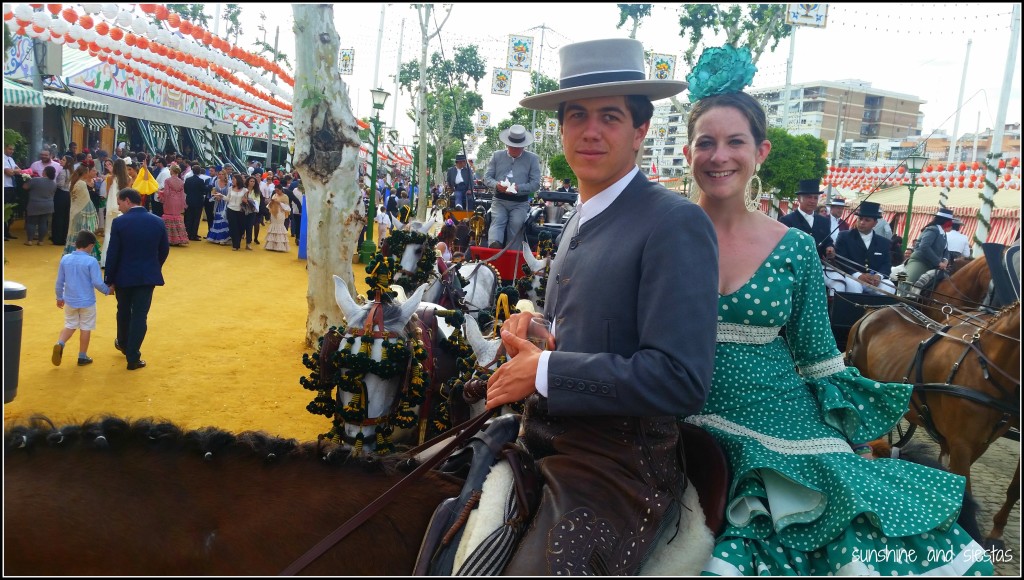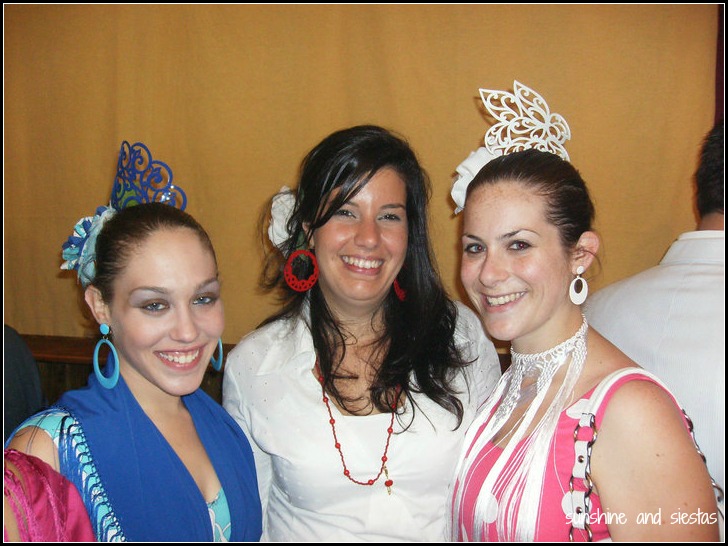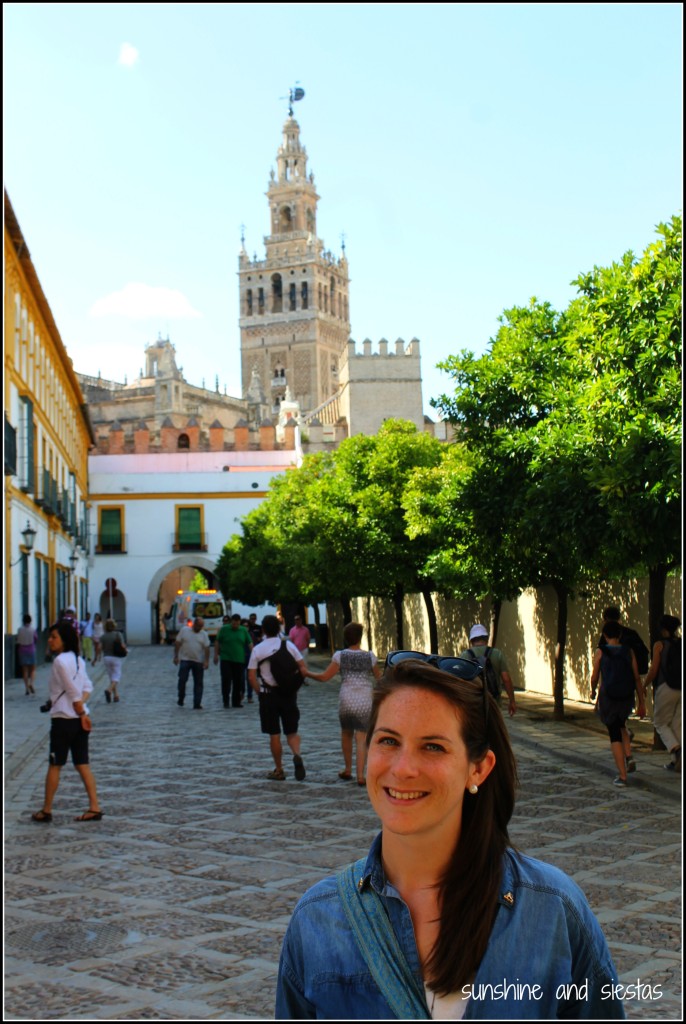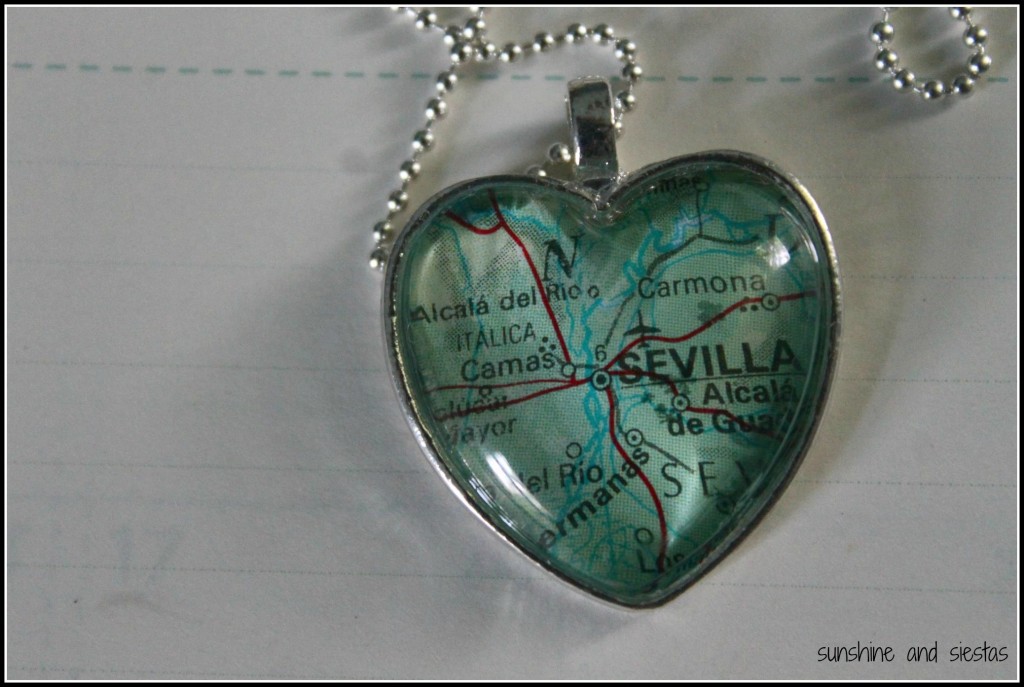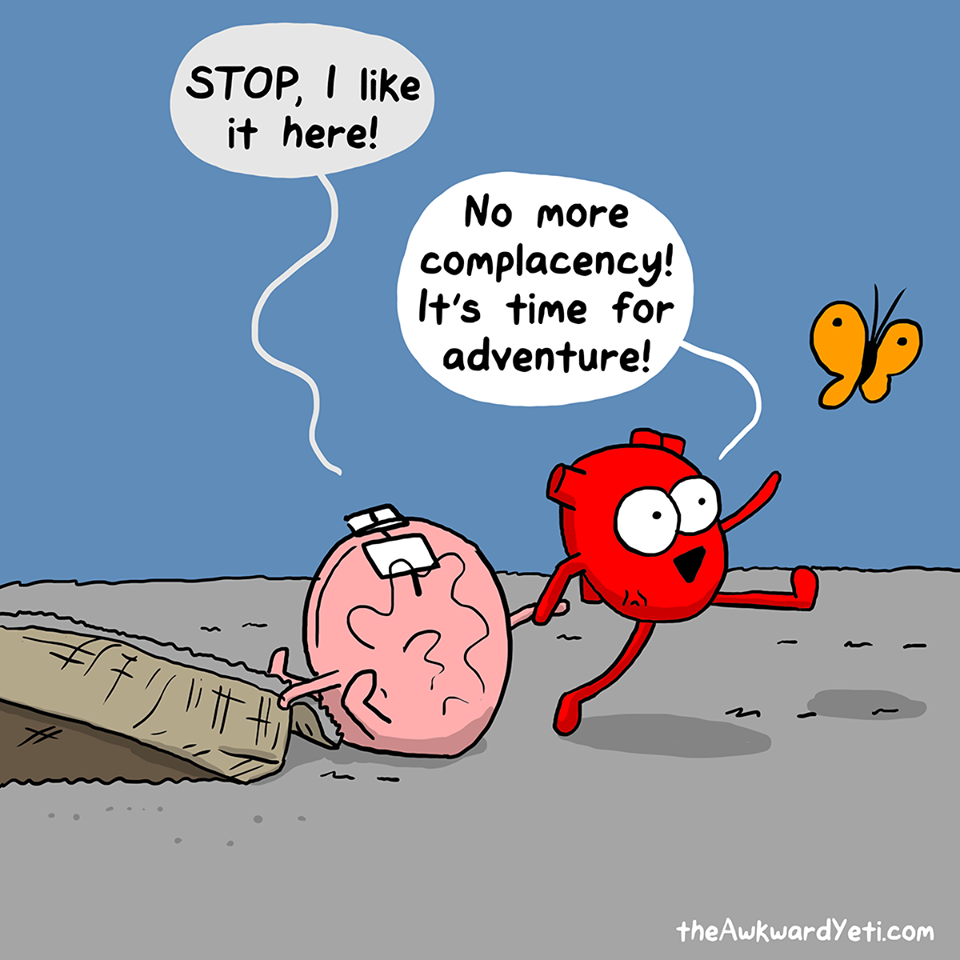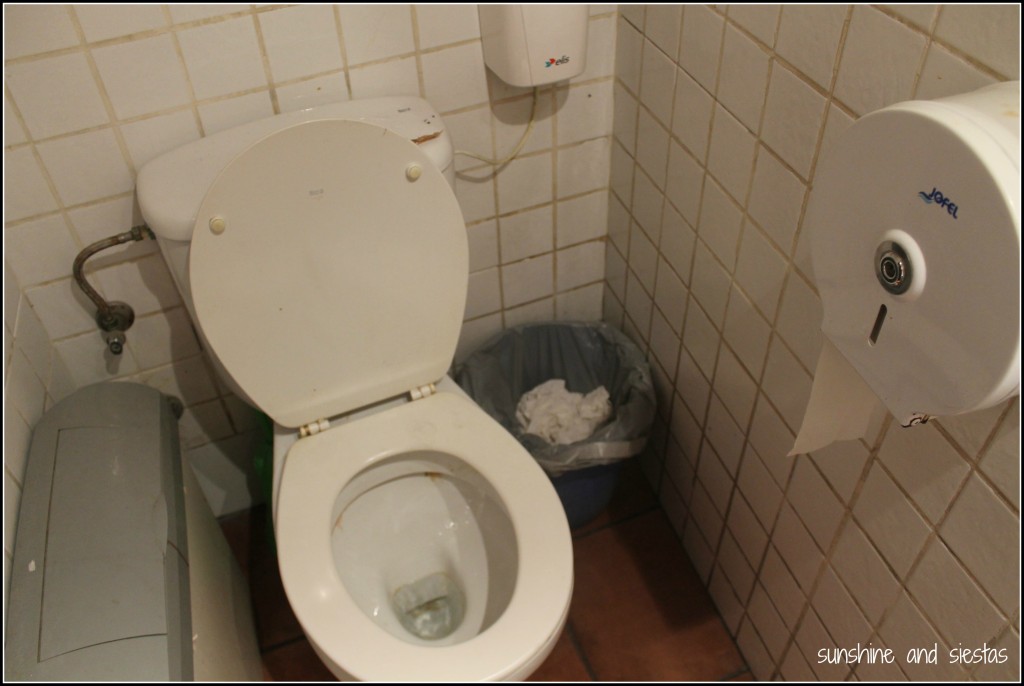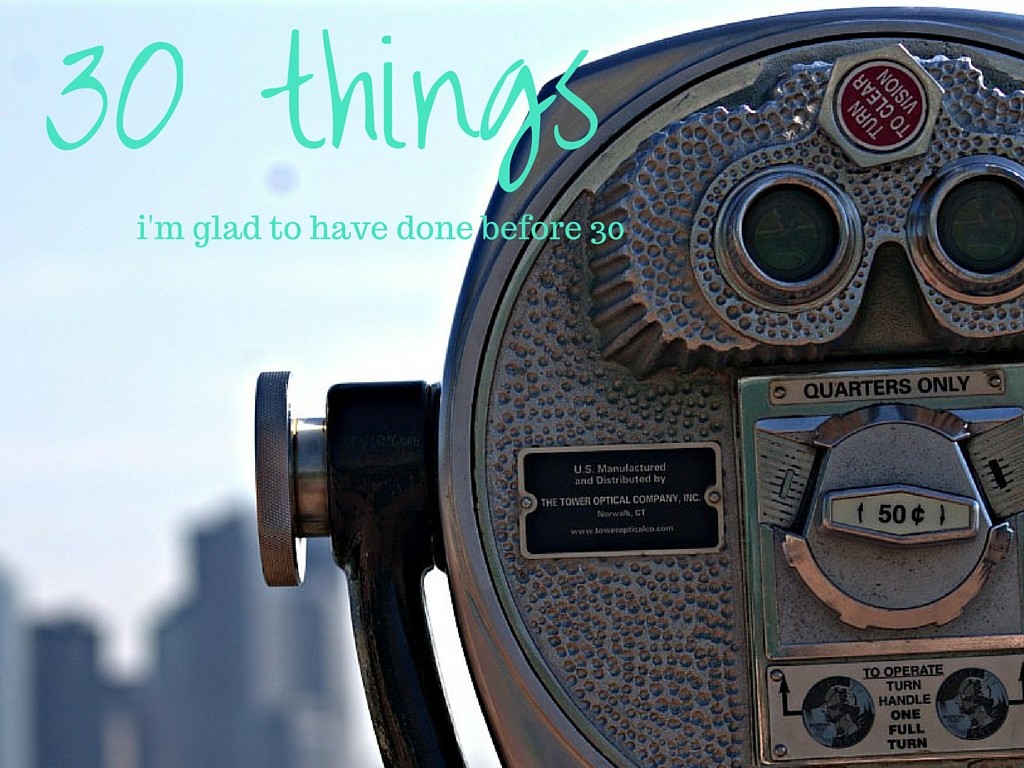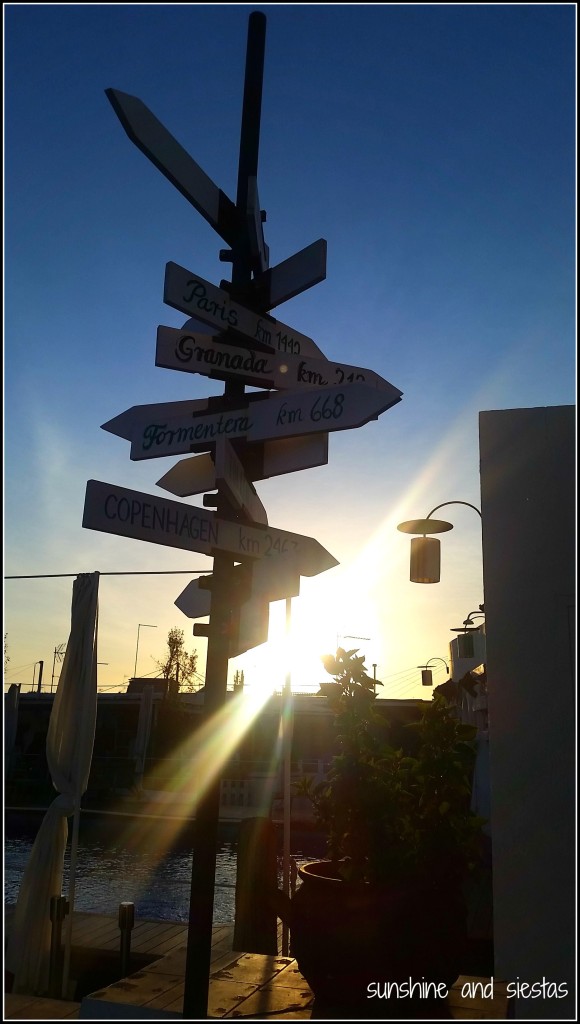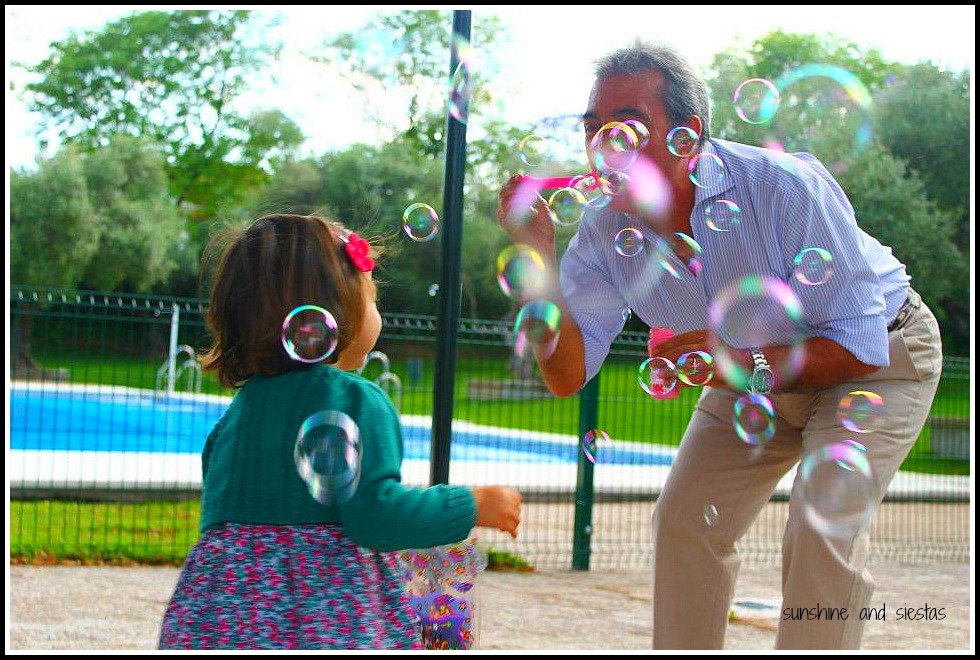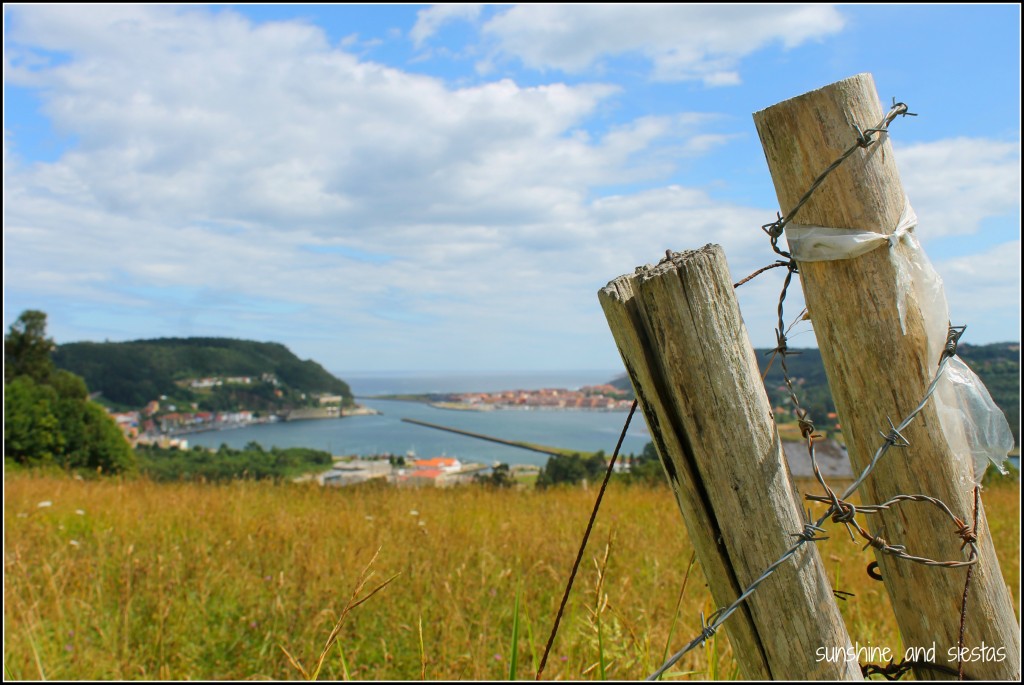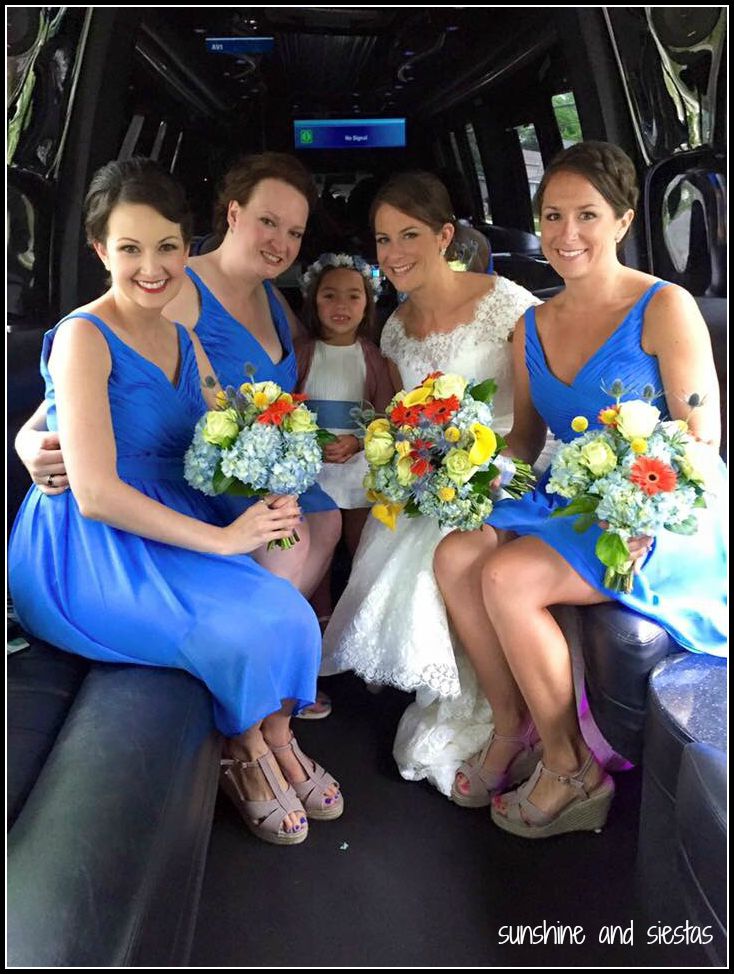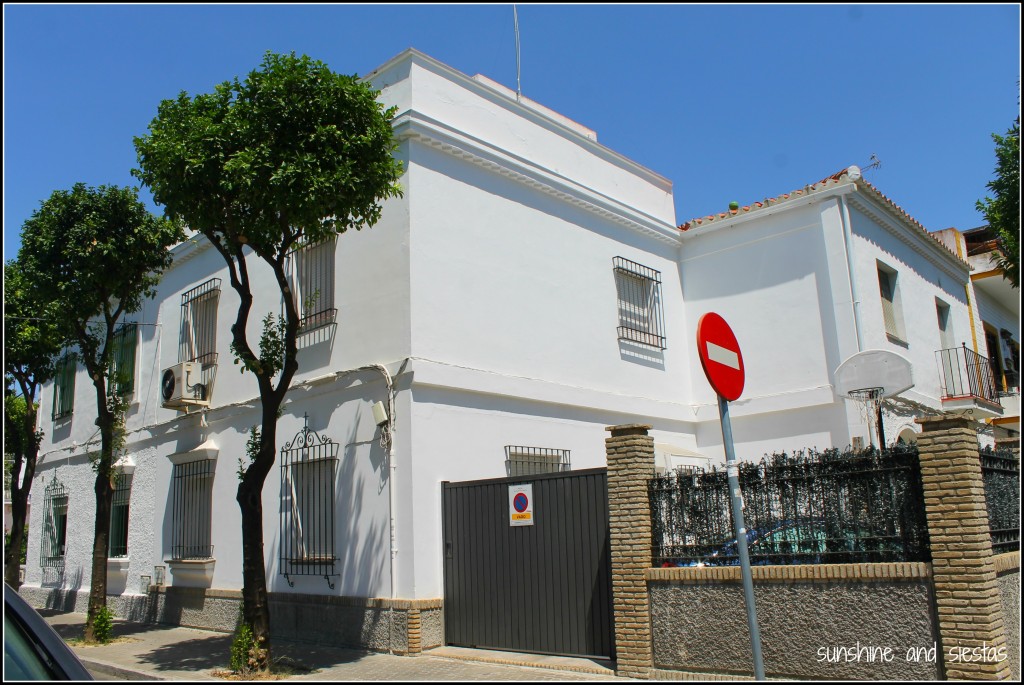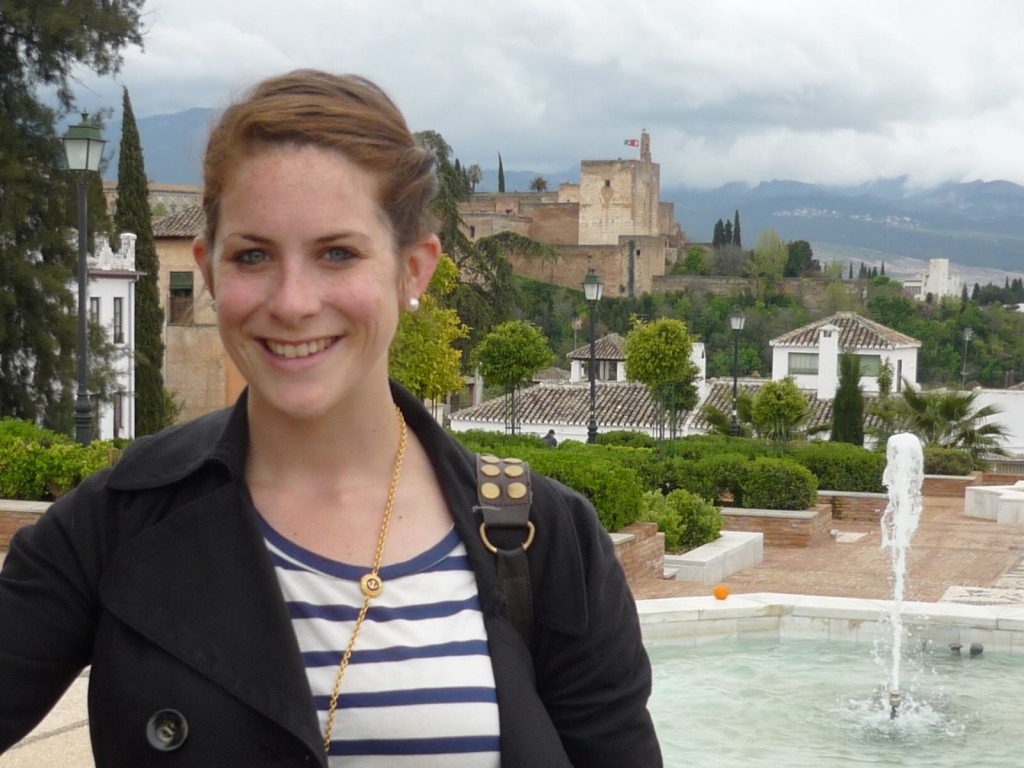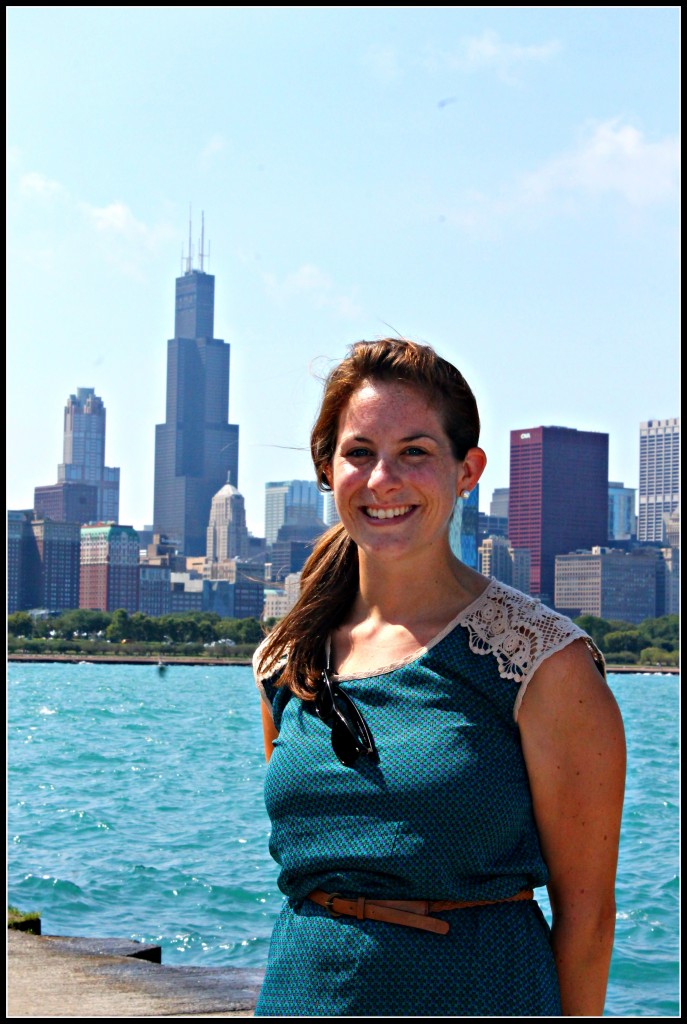Well, if there were ever a cat in the proverbial bag, it’s gotten out of the bag and run around the block.
Yes, I’m pregnant.
Yes, it’s the Novio’s.
Yes, I’m exhausted and have a little half moon of a bump. I am also thrilled. And that’s why I’ve been MIA from this blog, social media and my favorite cervecerías for the last several weeks.
Having a baby in Spain was something that my mind had been programmed since the Novio and I got serious. We’d talked about offspring quite early on in our relationship, bought a house with said offspring in mind, and began conditioning our minds to nights nursing babies instead of beers (oh, and I bought a pregnancy book, which thoroughly scared the Novio).
And then it happened.
On a Friday night in May, I was fresh off of a train from two interviews in Madrid. I’d been too nervous to eat, so I sat in a friend’s car snarfing down a pizza I’d begged the Novio to order me before a concert. I was drained, which I chalked up to the 5am wake up, the dizzying cost of breakfast in Madrid (4.80€ for a coffee and slice of tortilla!) and two intense interviews.
“You drive terribly in heels,” he said with a mouth laced with beer.
I cried.
“You’re pregnant.”
“Qué nooooo,” I responded, knowing full well that I was late but a bit in denial about the whole thing. I was interviewing for jobs in Madrid! I was making summer plans! I was about to drink the Western Chicago suburbs out of craft beer! And I had no other symptoms.
The following day, I took out the trash and headed to the pharmacy, constantly checking behind my back to see if any of my maruja friends from the barrio was in line.
“Uhh, dispone de prueba de embarazo?” I asked the pharmacist, not knowing if I’d be able to get a pregnancy test there or if I’d have to head to the Corte Inglés, the Plan B for anything you can’t find at another store. She handed me a box, which I stuffed at the bottom of my bag.
At home, the Novio urged me to take the exam before he began making lunch. Knowing that the HcG horomone – the horomone that surges in pregnant women and determines the outcome of a pregnancy test – is highest in the morning, I chose to wait until the following day, Mother’s Day in the US.
When the two crimson lines appeared the Sunday, post-churros, on the stick, my mind was sent into a tailspin. Crap! I drank a ton of rebujito at the Feria de Jerez the weekend before! How many weeks along am I? Is everything developing ok? How am I going to keep this from my mother when I call her this afternoon?!
I emerged from the bathroom, and the Novio read my face. “Lo hemos conseguido!”
Pregnancy Vocabulary in Spanish: Words to Know
Much like when I got my driver’s license in Spain, being pregnant has come with a slew of news words to learn.
Aborto natural / forzoso – Miscarriage / Abortion. A word that’s also sounded a bit fuerte to me, Spanish uses the same word for pregnancy termination, whether or not it’s natural or by choice. An abortion can be performed in Spain up to 14 weeks; abortions performed due to high risk to mother or baby or deformations can be administered up to 22 weeks. If this is a consideration for you, check this Q&As page in Spanish, or ask your healthcare provider.
Ácido Fólico – Folic Acid. Long considered a must during pregnancy, folic acid helps your baby’s spinal cord form properly and you’ll notice it grows your nails and hair, too. I was advised to start taking folic acid a month or two before planning on being pregnant and to continue all the way through the pregnancy. My prescription is written by my public doctors (many private doctors cannot issue them) and are nearly fully subsidized by the government.
Analisís de sangre / orina – Blood / urine analysis. Get used to needles, cups and doctors. If you have a normal pregnancy, you won’t have to do too many, but the first trimester is rife with testing. Tests will likely be ordered by your tocólogo and/or gynecologist.
Cartilla de Embarazada – Pregnancy Information pamphlet. This document will include information about the mother: her age, her health, any previous pregnancies and medications taken. The same will go for the father (just no previous pregnancies). This information will be filled out by the matrona on your first visit, and your obstetrician will fill in information regarding your subsequent appointments, such as medication prescribed. You should bring this pamphlet with you to all visits.
Cribado – Genetic testing done at 12 and 20 weeks. Stemming from the verb cribar, which means to narrow down, a cribado is a blood and urine exam performed to rule out genetic anomalies, such as Down Syndrome and Edwards Syndrome, plus confirm your blood group. This test is extremely important if you’re over 35. Your results, at least in Andalucía, will be mailed to your home address. If results are positive, you’ll undergo more testing. If it’s negative, do yourself a favor and DO NOT Google what your baby likely doesn’t have.
Ecografía – Sonogram or Ultrasound. These will be vaginal until about week 12, after which the baby will be large enough to detect through an abdominal sonogram. Expect to have 3-4 of these in a normal, non-risk pregnancy.
Embarazo de Riesgo – High-Risk Pregnancy. Women in Spain are considered high-risk pregnancies if they are over 35 years old, have a history of multiple miscarriages, are carrying multiples or have certain medical conditions, such as diabetes. These pregnancies often have more doctor’s visits and testing, though it is all covered under the social security scheme if you’re going that route.
Fecha del Parto – Due Date. This will be 40 weeks after the first day of your last missed period, meaning conception usually happens two weeks after (full disclosure: we’re pretty sure baby Micro came to be during the Feria. Any surprise there?). Note that trimester (trimestre) and weeks (semanas) are important buzzwords, and that your baby’s gestational age is considered week+day, such as 11+4. Many of my pregnant or mom friends also call it, salir de cuentas.
Grupo Sanguíno – Blood Type. I have yet to figure mine out, but this is a good time to do so.
Matrona – Midwife. Though you won’t see a midwife too often in the first trimester, you should ask your GP for an appointment with her so that she can fill out your cartilla del embarazada. She will also measure your weight and blood pressure on each visit, then note it done for your records, plus conduct your pre-birthing classes. This person will be assigned to you if you are in the Social Security Regimen, though you can choose to see a private midwife if your insurance covers it, or you pay out-of-pocket.
Tocólogo/a – Obstetrician. This doctor will lead you through the medical side of your pregnancy, from sonograms to the actual delivery if you so request. This person will be assigned to you if you are in the Social Security Regimen, though you can choose to see a private midwife if your insurance covers it, or you pay out-of-pocket (I chose to change to a friend’s mother in the same building with my public health insurance, and she makes the appointments for me. I feel comfortable asking her questions when I have doubts, and this has made a huge difference in keeping me calm!). This word is extremely Andalusian, from what I can tell.
Toxoplasmosis – This may be way Spain-specific, but toxoplasmosis is a big, big deal: this parasitic disease can spread through toxoplasmos found in raw or undercooked meat, poorly washed fruits and vegetables or even cat feces. I’ve long let go of a rare steak and sushi, but jamón can also be dangerous for your unborn child. Some may say it’s a crime to eat embutidos, cured meats, that have been previously frozen to kill potential toxins, but it’s one way to savor your bocadillo de salchichón!
I’ve found that some people are more lax about what they’re consuming than others – always speak to a medical professional and make the choice yourself. Toxoplasmosis can be scary and require further testing and even treatment, so chow down at your own risk!
First Steps
Once we’d told my mother-in-law (and, yes, she promptly began crocheting bonnets and booties), I made an appointment right away with my GP, which is the gateway to any other specialist. She didn’t do much more than congratulate me and ask how I was feeling before scheduling an appointment with the matrona for the following week. I had also called a friend’s mom personally, who would eventually become my tocóloga in Seville.
An important document you’ll receive is known in Andalucía as a cartilla de embarazada, or a small pamphlet that your doctor will record your stats, your treatment and your ultrasound results, plus all dates. Later, you can write down your birth plan here.
The matrona took down all pertinent information regarding both mine and the Novio’s health history, checked my blood pressure as well as height and weight and talked to us about having a healthy pregnancy. These doctors become more important as you develop a birth plan and begin to take birthing classes, though we haven’t had to see her since.
I’ve been fortunate to have a close seguimiento throughout my entire pregnancy. I have been able to squeeze in appointments before Dr. Sánchez is actually on duty and have her call me when other women cancel. In the two months since we found out the news, I have gotten four ultrasounds in the public health system, all of which have been no cost to me. Additionally, the medicine prescribed to me – folic acid, progesterone and baby aspirin – has been mostly subsidized by my public health insurance – a month’s worth of the aforementioned meds have cost me less than 5€.
Two important tests that you’ll do during your first trimester are blood and urine tests around 10 weeks to determine a few things: your blood type, your risk for genetic diseases such as Down Syndrome, and infections. You’ll also be told if you’re at risk for anemia, gestational diabetes or toxoplasmosis and get a check up of your general health. I was able to do both at the same time (be sure to go en ayunas, or without eating or drinking, for at least 12 hours, and bring a snack for after your blood gets drawn) and got the results mailed right to my house two weeks later.
The cribado can be a little scary – it’s when your mind begins to wonder if anything is potentially wrong – and it requires you to sign a waiver. You can refuse to take it, of course, and any other treatment offered to you by the state. Be sure to take the documentation given to you by the tocólogo, which is both the order for the test and the release form, which you must sign before the tests can be administered.
The best advice I’ve gotten from all four doctors I’ve seen? Keep living your life as you normally would. Don’t overeat, listen to your body when it needs rest and cut out alcohol, drugs and cigarettes. And surprisingly, the ganas to have a beer have been next to none since right before I found out I was going to be a mom.
Público or Privado?
Spain has two healthcare schemes: public and private. If you are working for someone else, you are automatically in the social security, or public, scheme. If you are autónoma, self-employed, you can go public, as well; if you’re not working you would be considered private and thus pay for your insurance, co-pays and medication. Check to see if the baby’s other parent has access to healthcare for you and the baby, as some partnerships can share this right.
Public healthcare is open to anyone working or who has worked in Spain (such as a retired person). Clinics and hospitals are denoted as public and usually subject to regional law, called leyes autonómicas. You would be assigned a general practitioner, or a médico de cabecera, in the clinic or ambulatorio closest to your residence, who will then pass you along to the matrona and tocólogo.
I chose to go both routes, as I have both public and private insurance. Truthfully, I prefer the public route because it’s very wham, bam, thank you ma’am – I go at my assigned time, am seen by the doctor with no frills, and they schedule my subsequent appointments for me. The public doctors can also administer prescriptions and women who have high-risk pregnancies often prefer the public system because of the close eye they keep on pregnancies.
When I saw the private doctor, I felt out of place. There was a higher degree of modesty, which actually made me feel uncomfortable, though the equipment was more high-tech and the tests were more thorough. And because I had my cartilla with me, the doctor could give me a second opinion about the treatments I’d received (and spoke highly of my public doctor!).
Some women prefer to get recommendations from other mothers and pay out of pocket. As you can imagine, those who are at the top of their field are more costly. Most private hospitals and clinics can help you choose a provider. The Facebook group Mums in Seville has been great for searching for recommendations, used baby goods and general questions about raising a baby as a guiri in Spain.
Note that private insurance may require what’s called a periodo de carencia (usually 9-12 months) before you can have a pregnancy covered for free or a reduced cost. This means that you must have been paying your plan for a duration of time, stipulated by the company, before you can have free access to maternity specialists. I’ve had Caser’s Activa Plan for three years, so I qualified for free check-ups and most non-invasive procedures are covered. Plus, they have doctors in every neighborhood, so I can walk to appointments!
Maternity Leave in Spain
If you’re cuenta ajena, praise the social system – you’ll get 16 weeks of maternity leave with 100% of your salary paid by your employer at the time this article was published. As someone procedente de the USA, I am sure I’ll be forever thankful to have that time at home to adjust to my new role and bond with my newborn.
Be sure to double-check local and sector labor laws (type convenio + your sector + your province into Google for a PDF document. For example, “Convenio Enseñanza Privada No Reglada Sevilla”).
Any recommendations for English-speaking doctors in Seville?
Feeling confident in my Spanish and fully knowing the restraints of Spanish red tape, I was satisfied in the public system. That said, I asked several guiri moms for their recommendations for doctors and doulas who spoke English in town:
Doctor: Dr. Guillermo Espinosa at Millenium Clinics in La Buhaíra, a Sanitas clinic who often sees Americans and other English-speaking patients.
Doula / breastfeeding expert: Eugenia Nigro, a Dutch woman who has practiced in several countries and now calls Sevilla home. She does a number of prenatal classes, as well, and can be reached by email at ginanigro@gmail.com.
I have not personally used these professionals, but it could be a good place to start.
Pero bueno, how are you?
Fantastic, actually. Before I could see Micro’s tiny arms and legs, I could hardly believe that I was growing a tiny human. Coming up with excuses for going home early or not drinking has been a fun challenge, and telling our family and friends has been emotional. I was able to tell my mom, dad and girlfriends back home in person.
My only symptoms are a few larger body parts (namely my breasts and butt) and becoming tired at an earlier hour, but I’ve had no nausea or mad aversions to food (miss you, pescaíto frito). Truthfully, these 20 weeks have been eye-opening and have left me with a lot of emotions as I am not only swallowing the changes in my body but also how this baby is going to change our lives. To say the Novio and our families are excited is a gross understatement. Oh, and I moved to Madrid just before starting second trimester.
And s/he’s been doing some cool things – a long-haul flight, trips to the beach and festivals in Andalucía, sleeping a TON and witness to a few heavy metal concerts before those tiny earbuds could be damaged. I’ve been able to work and work out normally, though I’m a bit more conscious of what I’m eating, the pace at which I’m living and what my body is telling me. As my father said, “I’m sure you’re healthier than ever if you’re eating a Mediterranean diet.” The legumes, fish and lean meats have been in my carrito and I’m craving fruit juice, salmorejo and spicy foods. I can sleep on a dime (or doze off on the floor or on public transportation). I stopped running, even if just to not wait for a stoplight.
Without getting too Mommy on you all, I’m finding it incredible that my body is made for this and that it knows what to do. Some days I’ll drink gallons of water and other days I crave salty food. I can be up all night or sleep for 12 hours straight. My pace of life has definitely slowed down a bit, but in a good way. Micro hasn’t stopped me, surprisingly!
What’s ahead in Second Trimester
First off, we find out if Micro will be a gitana or a chulapo in the second trimester of pregnancy! Typically, the gender can be revealed as early as 14 weeks, but I wanted to wait until the Novio and I could go to a sonogram together. I believe he’ll be in disbelief, despite my growing belly, until he sees the little one on the screen move around and we find out if it will share a name with him or not.
Pro tip: People in Spain don’t seem to understand why you’d wait to find out the gender, so if you don’t want to know, tell your doctors immediately and remind them again at every subsequent visit. I could have found out far earlier, but I’m enjoying the wait! In fact, by the time I push publish, I’ll be at 20+2 and will know if the baby is a boy or girl (My feeling is that it’s a boy!).
I’m teetering right in the middle of my pregnancy and between two medical systems and beginning to think about what comes around week 40 – delivery and bringing home a baby to our teeny flat with no elevator. I’m thinking about public v. private in Madrid, where I might have the baby and how I want the birthing experience to be. Nancy and I focus our Skype calls on babies and the topic always sneaks up – my jet set group of friends in Madrid were legitimately shocked when I relayed a list of no-no foods to them.
But it’s been fun and I’m loving the extra sleep. And pastries. I am also loving the extra pastries.
What do you think about the big news? Any lingering questions, moms-to-be, or advice to give? Please note that I was a healthy, 30-year-old woman with no family history or previous pregnancies and low risk factors across the board. This post is meant to be orientative and speak about my experience. I appreciate those of you who have mentioned other treatments depending on your situation and pregnancy. Always, ALWAYS consult your doctor or midwife, ask questions and get informed!
Please read about the second 14 weeks of my pregnancy on my post A Guiri Guide to Pregnancy in Spain: Second Trimester!
